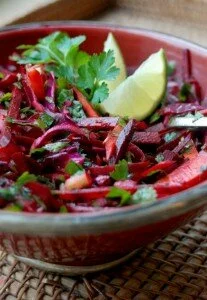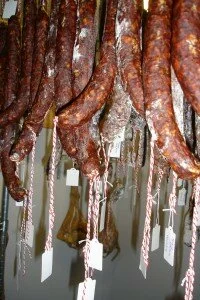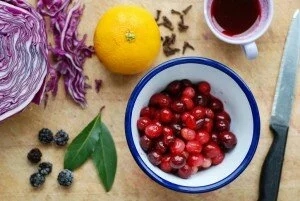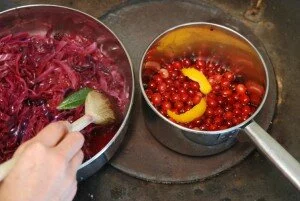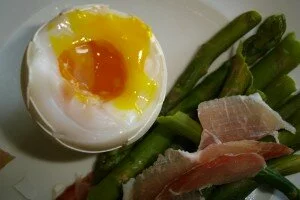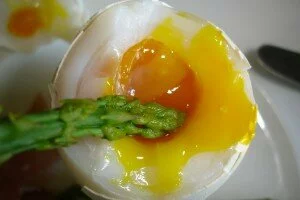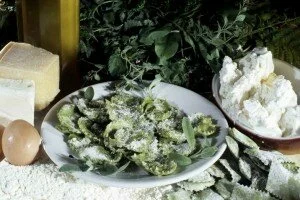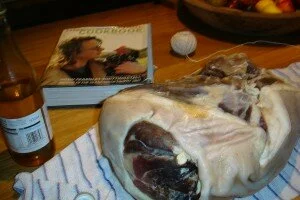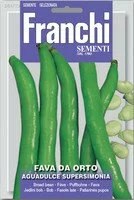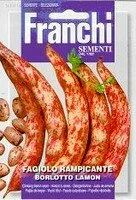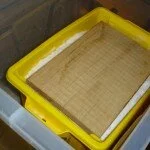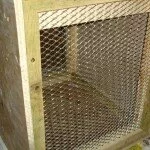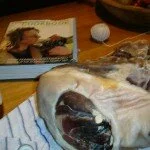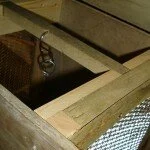I know preserving doesn’t seem the most likely kitchen activity for the middle of winter but even while I’m making leftover meals (I still have turkey stock for risottos, turkey in the freezer, slow-cooked red cabbage and a lot of Christmas cake) I’m dreaming about Spring/Summer meals. Thanks to the ham and chorizo that’s air-drying next to our wood-store.
In December I bought a pig from a friend who has a small farm, partly so that we could make good use of the cage Guy made (when we had 3 Berkshire pigs to clear the garden) for protecting ham while it hangs outside. We hang it from rafters at the back of our house, under a covered area where the ham can still benefit from wind but stay protected from rain – or snow if we have any. I salt a leg of ham for a couple of weeks first, then wipe it and wrap for hanging as here.
We also made sausages, a plain English style sausage and fresh chorizo. I’d bought hog casings for sausage and salami previously from Weschenfelder and borrowed a friend’s sausage-making equipment. This time I was very excited when Weschenfelder offered to let me try out their sausage-making machine – it meant I could have several sessions of making sausage and chorizo. Ruby was also very keen to get involved so we had a couple of sausage-making fests after school. Thankfully the machine is really easy to assemble and use, perfect for a clumsy Mum and an 8 year old!
Along with the leftover meat going into noodle dishes and Indonesian influenced Nasi Goreng type dinners, the odd toad in the hole or sausage and mash is going to make an appearance amongst the copious January frugal/healthy lentil and egg based dishes.
In my kitchen at the moment there’s also:
-Experimentation for Cowboy style campfire dinners for the Giffords Circus competitionfor this year’s tour of the Cotswolds (a must on my list of things to do for 2016). We’re thinking home-made baked beans (that pig may come in handy here too), cornbread, puds with maple syrup?
– Some lovely Farmers hand-cream that I have to hand. I love the fact that it’s made by the sea in North Wales (already planning a holiday to this wonderful coast for this Summer) and uses lavender grown on a hill farm in mid Wales.
– Lots of enamel ware, including a great little saucepan that I had for Christmas. Earmarked for camping trips this year (I really want to try the Elderflower Orchard at Thistledown Farm this year), in the meantime it’s made warming my milk for morning coffee very pleasurable and has been used for an extra batch of cranberry sauce.
-Plenty of slow cooking on the wood-burning stove. It’s been used to make the red cabbage and cranberry sauce and seems perfect for slowly simmering stews and casseroles from Gennaro Contaldo’s ‘Slow Cook Italian’ one of my current favourite cookery books that I’m enjoying cooking my way through. Pheasant Ragu tonight.
Not too many New Year resolutions for me but plenty of things I’m full of enthusiasm for cooking and eating this year and so many places I can’t wait to explore.
Would love to link this post in with In My Kitchen, previously hosted by Celia of Fig Jam and Lime Cordial and now by Maureen of Orgasmic Chef. I love the glimpses of other people’s kitchens around the world offered by IMK, and look forward to more beautiful, inspirational and inspiring posts from Celia, Sally of My Custard Pie and many others.


